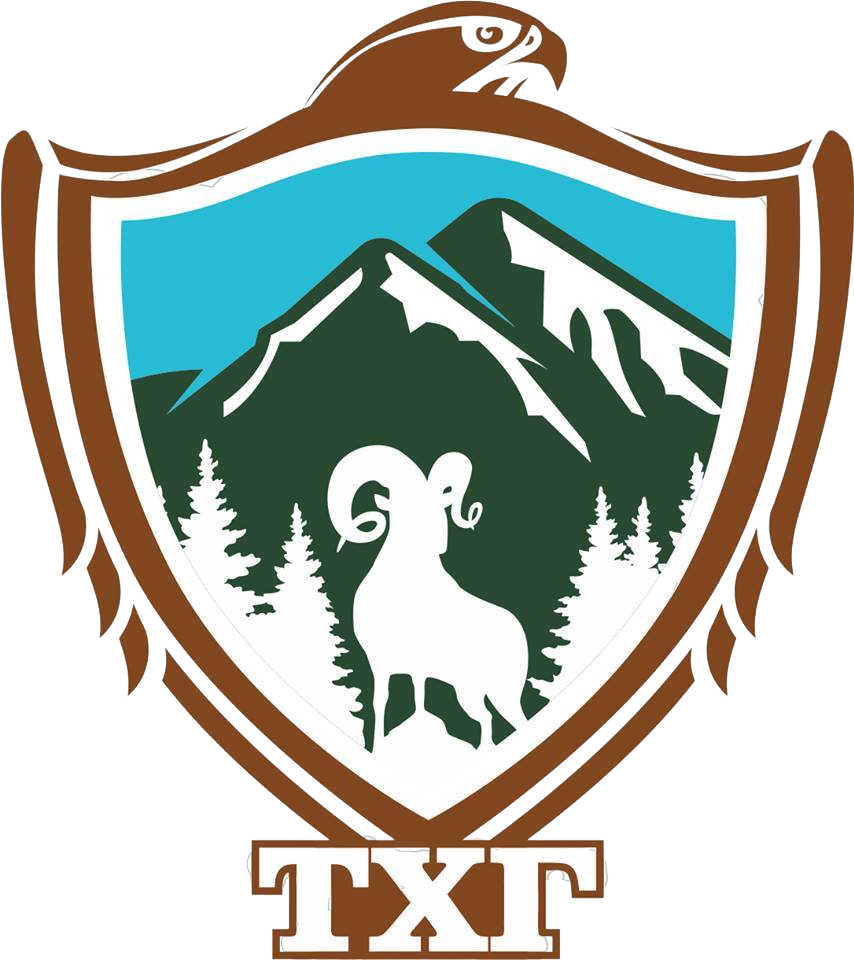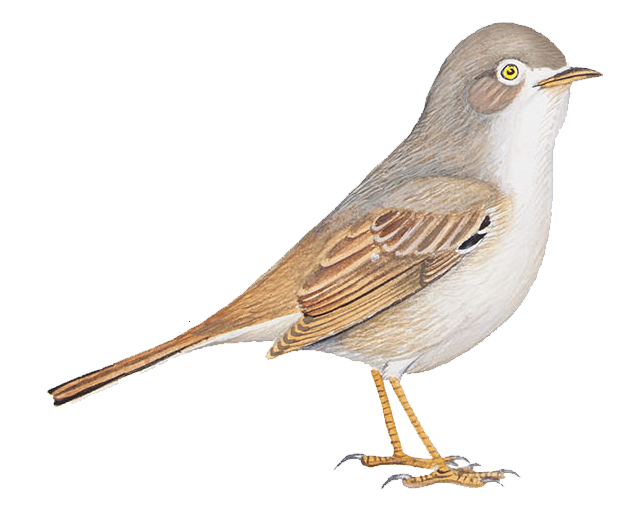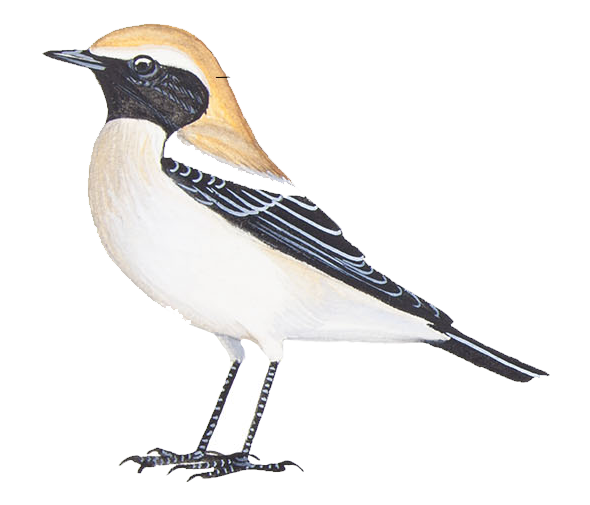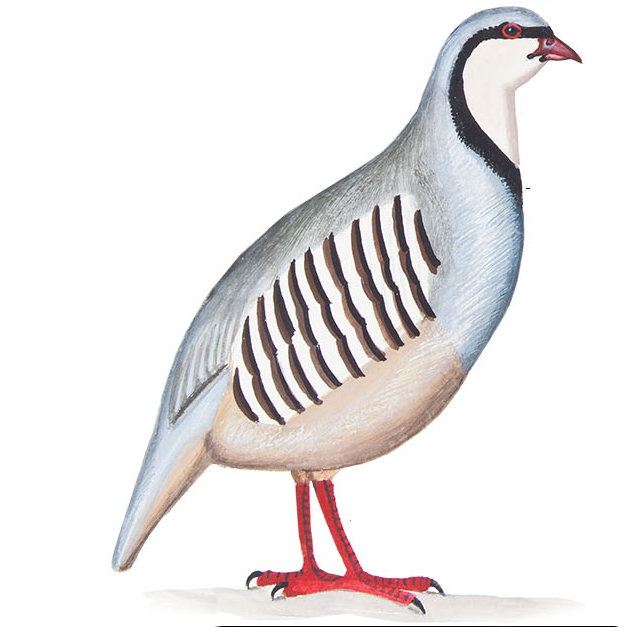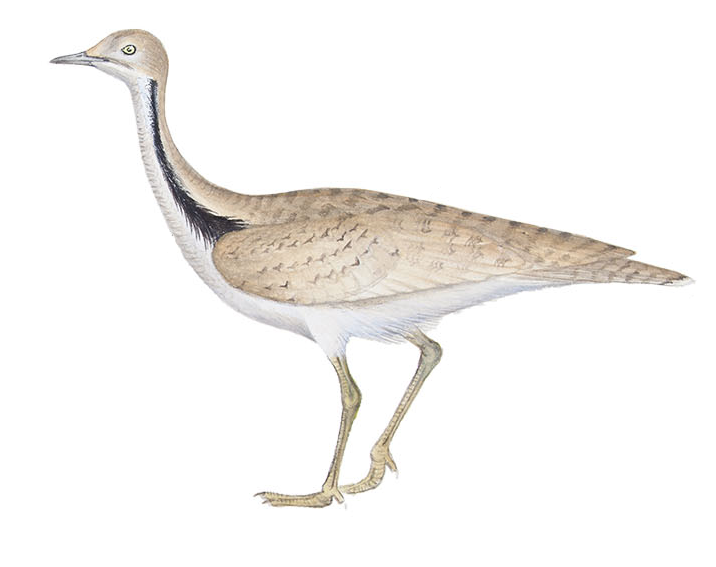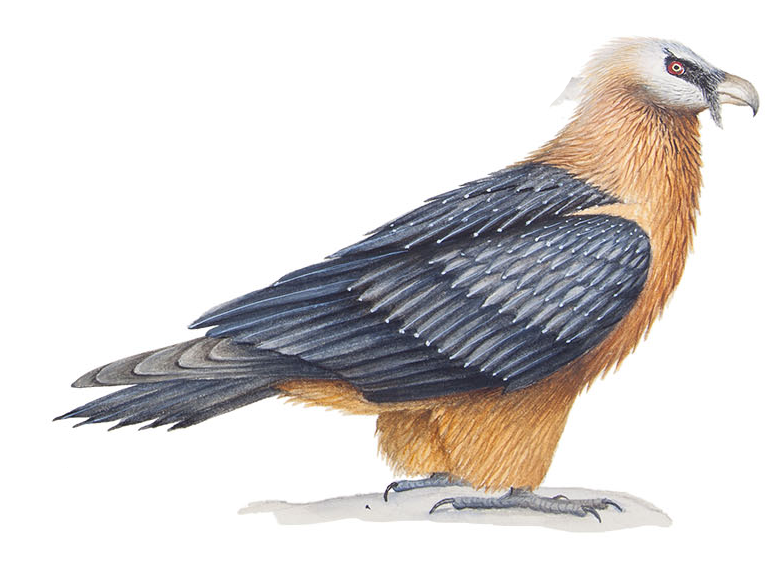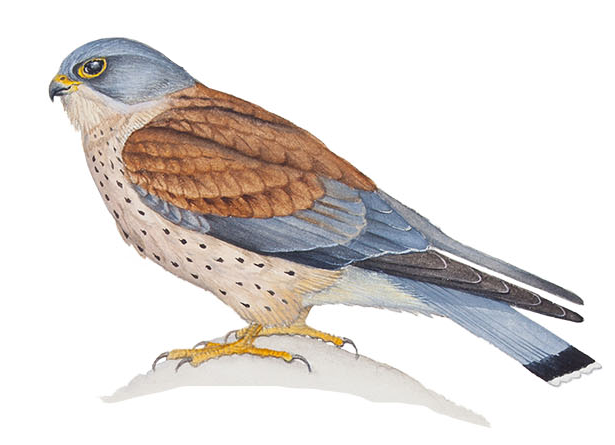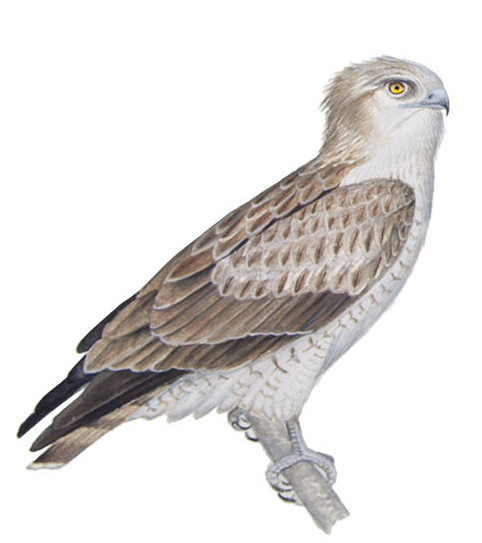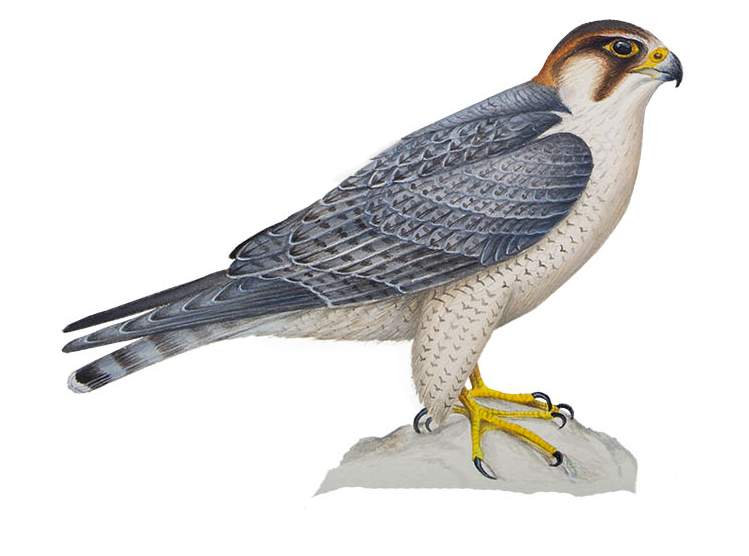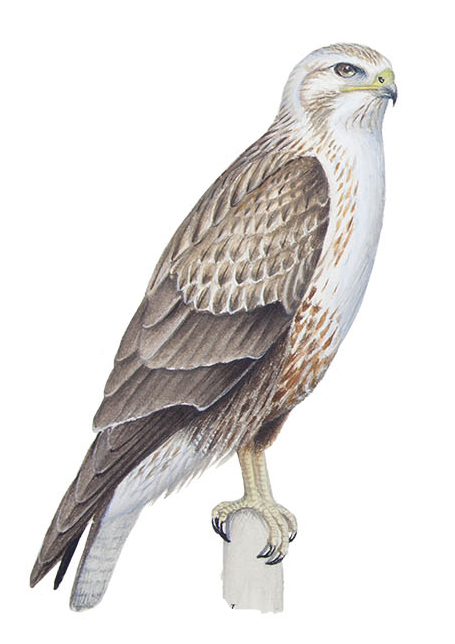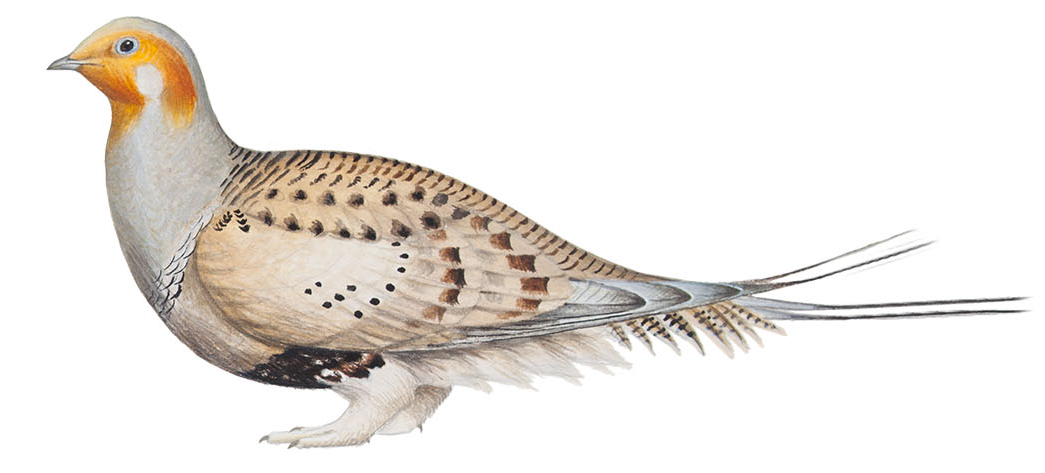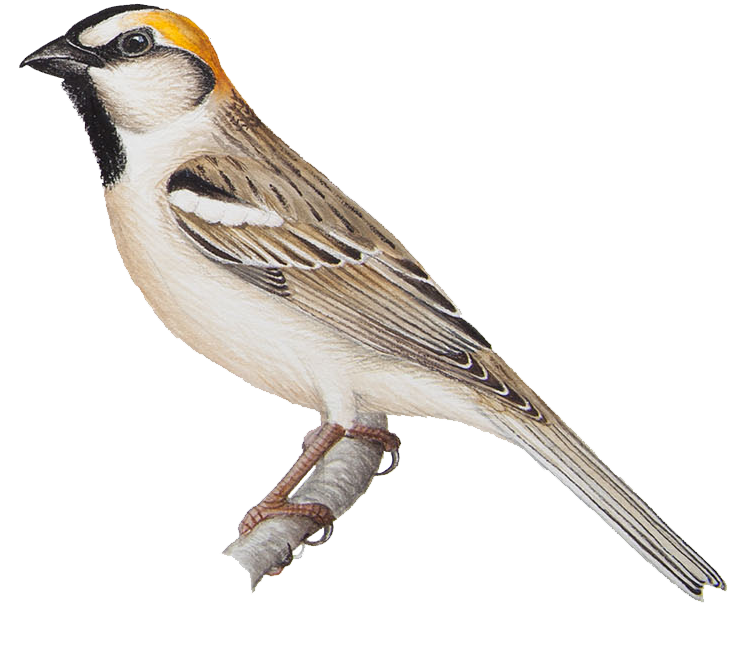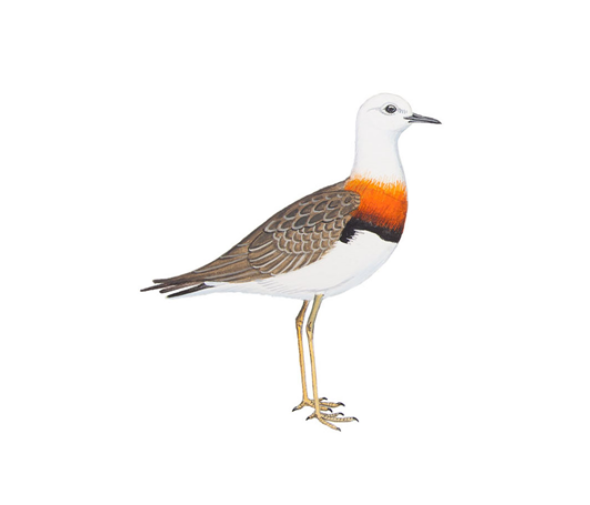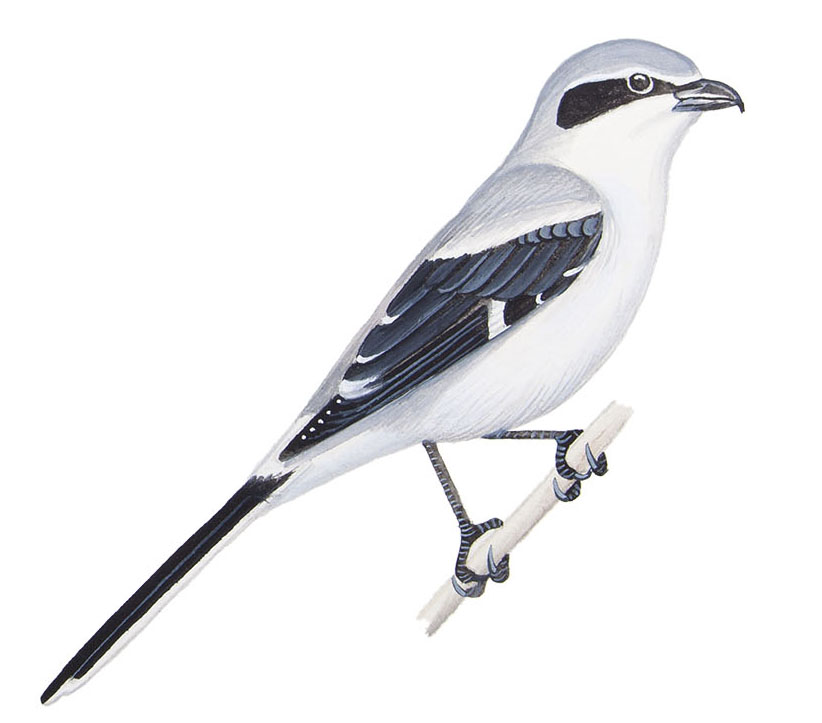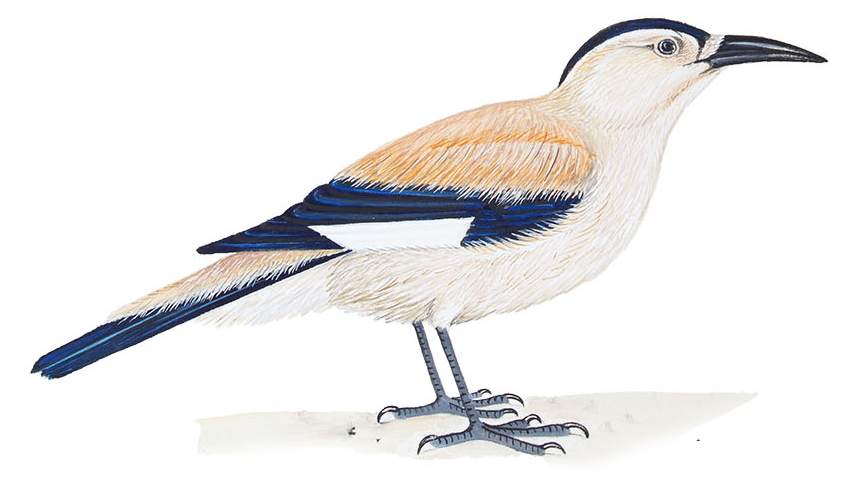

Birds of Small Gobi Strictly Protected Area
One of the most prominent representatives of the fauna is the winged bird, which has developed the ability to fly over the course of its evolutionary history. Currently, our country boasts a total of 513 bird species, classified into 22 groups, 69 families, and 235 genera. Small Gobi Strictly Protected Area holds particular significance as a transit and stopover point for migratory birds, influenced primarily by it’s permanent lakes, water points, and rainwater-fed reservoirs. More than half of all bird species in Mongolia have been recorded in this region, most of which are due to the presence of water points where they stop for temporary respite during their migratory journeys. The region has documented a total of 302 bird species, representing 155 species from 46 families within 22 groups. While the Gobi desert ecosystem may exhibit a relatively modest species composition, but on the contrary it is rich in rare species. Notable examples include the Central Asian endemic Khulan Joroo (Podoces hendersoni), the globally declining Joroo Toodog (Chlamydotis macqueenii), and the Zagiin Bor Bird (Passer ammodendri), all of which choose to breed in this unique and ecologically significant region.
ASIAN DESERT WARBLER
Биеийн гадаад шинж: L 11.5–12.5cm. . ID Distinguished from Lesser Whitethroat by browner wings, yellow legs and iris. From Common Whitethroat by cinnamon central tail feathers and rump, brighter yellow legs, orange-yellow iris and slightly shorter tail. Ad Head and upperparts light sandy-brown. Underparts creamy-whitish with buff wash. Bill yellow. Амьдрах орчин: Habitat Inhabits most of desert zone, in sandy areas with low bushes and dried river valleys.
DESERT WHEATEAR Oenanthe deserti
Биеийн гадаад шинжL 14.5–15.5cm. ID Characterized by entirely black tail pattern, with whitish tail-base (or just outer corners) and light rump. Flight feathers black with white (or pinkish-white) fringe and uniquely beige upperparts in spring. In autumn, birds moult in greyer plumage, and ♀ may be nearly identical colour above to Northern or Isabelline. Often shows a thin beige band over wing wing (scapulars) and has whiter-edged flight feather. In spring, ♀ shows distinct brown ear patch. Supercilium variable, but sometimes just behind eye (vs Isabelline). In flight from below shows black underwing-coverts.Амьдрах орчин: Summer breeder. O. d. deserti. Habitat Dry or open sandy areas.
Chukar Хахилга Alectoris chukar
Биеийн гадаад шинж: ID Distinguished from Daurian Partridge by slate-grey back, black flanks and facial pattern. Flight fast and sudden, flying low with jerky wingbeats. Gregarious bird, associating in small to large flocks. Ad Sexes similar. Juv Brown facial pattern, lacking extensive black flank markings. Амьдрах орчин: Habitat Rocky slopes with scattered bushes, rocky barren terrain in semi-desert and arid steppe.
ASIAN HOUBARA (MACQUEEN’S BUSTARD) Chlamydotis macqueenii
Биеийн гадаад шинж: Habitat Breeds in open gravelly and sandy area in Gobi Desert with shrubs and bushes, especially Caragana sp Амьдрах орчин: L 45–65cm; WS 115–150cm Rare summer breeder. ID Large, heavy bird with brown wings and black-and-white wing tips that separate it from cranes in flight. Distinguished from Little Bustard by black neck-stripe. Flight very agile, fast and direct, with strong, confident wingbeats and slightly drooped neck. Ad Pale sandy upperparts with irregular dark vermiculation, with bold black band along neck. Sexes separable in breeding season. ♀ smaller and duller overall, with weaker black band to neck
Lammergeier
LESSER KESTREL Falco naumanni
Биеийн гадаад шинж: Contrast to body. Indistinct, short moustache. Summer breeder. Habitat Prefers steep cliffs in arid steppe, semi desert, and Gobi Desert. ID Similar to Common Kestrel but generally smaller, with longer wing-tips reaching black tail-band at rest, moustachial stripe very faint or missing, and fainter, finer streaks on breast. In flight small black wing-tips and slightly wedge-shaped tail (central 2 tail feathers longer) also help separate it from Common Kestrel. ♂ differs further by blue-grey V on top of wings and often redder underparts.
SHORT-TOED SNAKE-EAGLE Circaetus gallicus
Habitat Wide range of open aquatic ecosystems; lake shores, river beds, reedbeds in marshes and extensive swamps. Nests in deep reedbeds. Inhabits most of dry desert region with scattered elm trees. Амьдрах орчин: ID Similar to harriers, flies with wings in V shape in wet areas, but shorter tail and with less extensive black wing-tips. Upperwing pattern similar to a kite’s, but tail has grey bars, and wings are short and white underneath
Red Naped Shaheen F. p. pelegrinoides
Биеийн гадаад шинж: L ♂ 38–45cm, ♀ 46–51cm; WS ♂ 89–100cm, ♀ 104–113cm Summer breeder. F. p. peregrinus and F. p. calidus (upper range map), F. p. pelegrinoides (Barbary Falcon; lower range map). Habitat Breeds in high cliffs in rocky terrain in Mongol Altai and Gobi Altai mountain ranges. ID Large falcon. Distinguished from Saker Falcon by thick bold malar stripe, lack of reddish
LONG-LEGGED BUZZARD Buteo rufinus
Биеийн гадаад шинж: ID Large raptor with broad wings held in V while soaring, flat when gliding. Similar size to Common and Eastern Buzzards, but with longer wings, distinct black carpal patches and dark belly in all morphs. Амьдрах орчин: Habitat Inhabits arid steppe, semi desert (often near saxaul or elm trees in Gobi), and low rocky mountains. Also range, habitat, and lack of underwing barring on primaries/ secondaries helpful in separating species
PALLAS’S SANDGROUSE Syrrhaptes paradoxus
Биеийн гадаад шинж: Habitat Steppe, arid-steppe, semi-desert and Gobi Desert. Амьдрах орчин: ногтруу L 38–41cm; WS 60–78cm Resident. . ID Large, sandy-buff sandgrouse with very long pintail and elongated primary projection. Flight action fast and direct, with rapid, noisy wingbeats, accompanied by bubbling calls.
ORIENTAL PLOVER Charadrius veredus
Биеийн гадаад шинж: Habitat Low-elevation dry grassland and semi desert. Амьдрах орчин: L 22–25cm; WS 46–53cm . ID Most easily confused in breeding with non-breeding Greater and Lesser Sandplovers, which are smaller, plumper, and have dark heads and legs. In flight has prominent warm buff breast-band, with long, pointed wing-tips, and legs projecting beyond tail-tip.
GREAT GREY SHRIKE Lanius excubitor
Биеийн гадаад шинж: L 21–26 cm Summer breeder. Ad ♂ No brown, and palest grey upperparts. Ad ♀ Yellow base to bill and sometimes brown-tinged upperparts. Juv Fine grey barring on breast; may be impossible to tell from adult Northern Grey when barred Амьдрах орчин: Habitat Open dry habitats in arid steppe, semi desert, Gobi Desert with scattered trees
MONGOLIAN (HENDERSON’S) GROUND-JAY Podoces hendersoni
Биеийн гадаад шинж: L 28cm. ID Distinctive, with white wing-patch in flight, and black crown and tail. Medium-small jay with slim, curved bill. Flight slow with confident wingbeats and distinct undulations like a magpie’s. Амьдрах орчин: Near-endemic resident. Habitat Breeds in valleys in Gobi Desert with Saxaul trees and Caragana bushes; stony or gravel desert and semi-desert.

Говийн сармаахай Eptesicus gobiensis Gobi Big Brown Bat
Говийн сармаахай Eptesicus gobiensis Gobi Big Brown Bat БУ 35-75 мм; СУ 34-60 мм; ЧУ 14-16 мм; ШУ 40-60 мм; ДУ 240-280 мм ; Weight ~14-20 гр; Teeth HBL 35-75 mm; TL 34-60 mm; E 14-16 mm; FL 28-55 mm; WS 325-350 mm; WT 9-30 g; Dental Formula 2/2, 1/1, 1/2, 3/3 = 32. Mid-sized bat with short, slightly curved ears that have little, broad folds. Fur reddish-brown above and brownish-white to grey below, with basal portions dark brown. Ears, nose, and wings and tail membranes blackish-brown. Often found near water sources. Hibernates in winter. Feeds primarily on beetles on the ground and flying moths. This bat species roosts in rock crevices, hallow trees, caves, and human-made structures in open dry steppe, desert steppe and true desert ecosystems
Animals
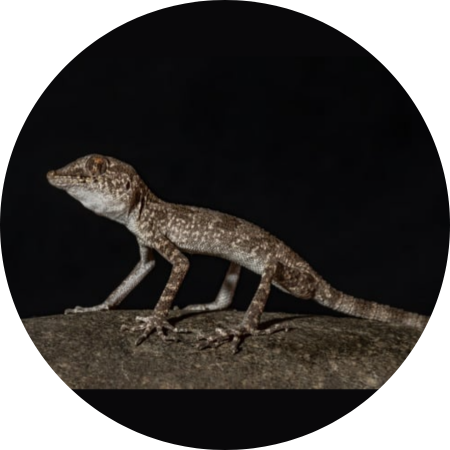
Amphibian and reptiles of SMALL GOBI Strictly Protected Area
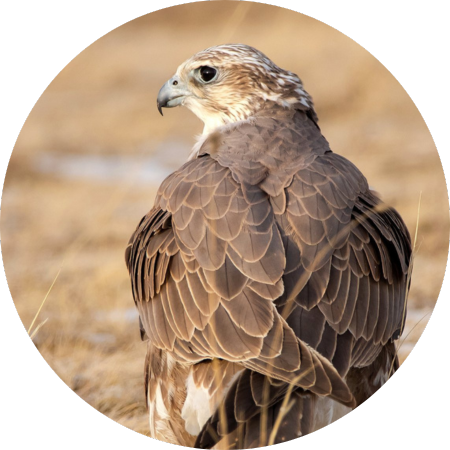
Birds of Small Gobi Strictly Protected Area
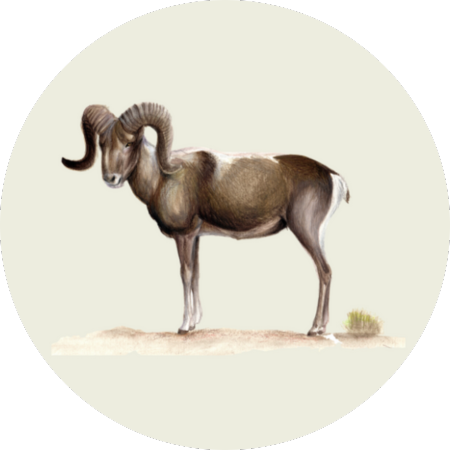
Mammals of Small Gobi Strictly Protected Area

Working Hours
- Monday-Friday
- 08:00-17:00
Holidays
- Saturday, Sunday
- Closed
Address
SMALL GOBI strictly
protected area in the territory
of Khanbogd Sum, Umnugobi
Province
- UMNUGOBI PROVINCE, KHANBOGD SUM
- +976 88030903, +976 88607412
- goviinbagaspa@gmail.com
Website
Social Media
Designed by Oratexy.co – Electrifying Results
